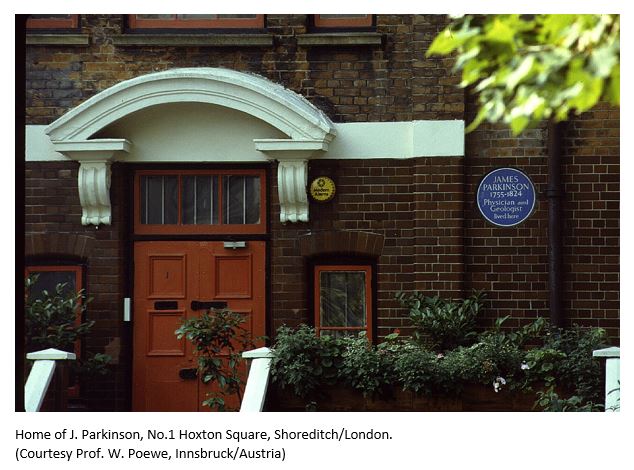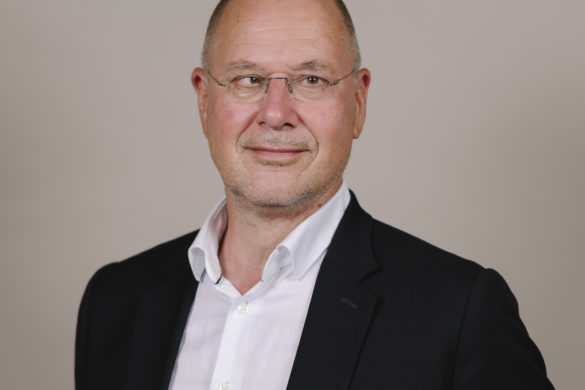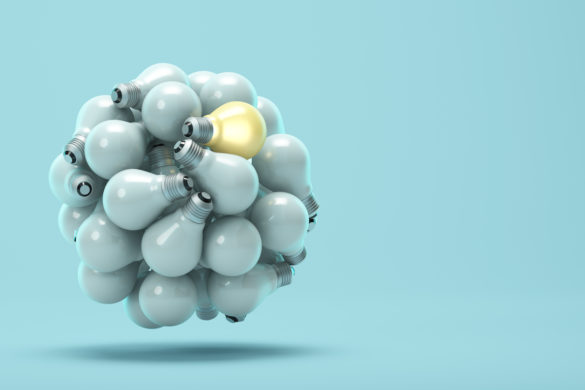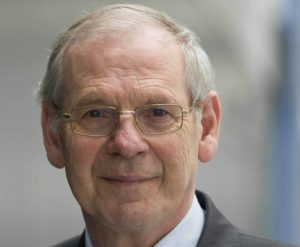 by Günther Deuschl
by Günther Deuschl
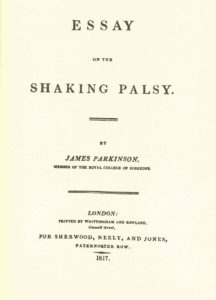 It is unknown which of his many books James Parkinson (1755-1825) has considered the most important one. His 500 pages ‘Medical Admonitions’ for lay people, his ‘Chemical Pocket Book’ covering interesting facts on modern chemistry of the late 18th century, the ‘Hospital Pupil’ on the educational standards of physician education, his collection of minerals and fossils ‘Organic Remains of a Former World’ or any other of his many contributions. History has clearly shown that his most important contribution was his 1817 ‘Essay on the Shaking Palsy’ which celebrates its 200th birthday this year.
It is unknown which of his many books James Parkinson (1755-1825) has considered the most important one. His 500 pages ‘Medical Admonitions’ for lay people, his ‘Chemical Pocket Book’ covering interesting facts on modern chemistry of the late 18th century, the ‘Hospital Pupil’ on the educational standards of physician education, his collection of minerals and fossils ‘Organic Remains of a Former World’ or any other of his many contributions. History has clearly shown that his most important contribution was his 1817 ‘Essay on the Shaking Palsy’ which celebrates its 200th birthday this year.
The years have seen a slowly starting but spectacular process of advancements in the field of understanding and treating the disease. It took 100 years until Konstatin Tretiakow discovered in 1919 that the cause of the disease is the loss of melanin-containing neurons in the substantia nigra and Friedrich Lewy in 1921 discovered that ‘Lewy bodies’ are the pathologic hallmark of the disease. It took almost 150 years until Oleh Hornykiewicz found in 1960 that the lack of dopamine is the biochemical hallmark of the disease, a transmitter which the Nobel-Prize winner of 2000, Arvid Carlsson, has studied before extensively.
Treatment of PD began with alkaloids of all variants since the 18th century in Europe. In these days and there was not yet an understanding that the effects are mediated through cholinergic cells in the striatum and the treatment was based on trial and error alone. This changed when the lack of dopamine has been discovered as the main biochemical abnormality of PD in 1960. Immediately after this L-dopa was introduced by O. Hornykiewicz, W. Birkmayer and later G. Cotzias and has remained the gold standard treatment of PD since nowadays. Treatment innovations have become scientifically based for almost all the later major milestones of therapeutic advances. Parkinson’s disease has become the model disease of the fight against neurodegeneration. This applies for the development of nowadays armada of dopamine agonists, MAO-inhibitors as well as for the COMT-inhibitors. Transplantation dopaminergic cells, a treatment approach which is a logical consequence of being faced with selective degeneration of these cells is currently back to the laboratory due to the lack of success. Viral vectors can bring the genes for dopamine production into host cells which is another experimental therapy for PD. Deep brain stimulation was based on the success of understanding the basal ganglia loop as a major milestone in the understanding of PD. M. Delong pioneered the discovery of the functional connections of the basal ganglia. Subsequently new surgical techniques with electrical stimulation of the basal ganglia loop instead of destructive lesioning were introduced by A. Benabid and P. Pollak. This is the current way how we can deliver patients a second honeymoon in their disease course.
The current exiting developments in the understanding of the disease mechanisms started with H. Braaks discovery of the transmission of PD-pathology from the brainstem to the cortex. The mechanism why the cells degenerate and produce the Lewy bodies are not yet fully understood but much hope is related to the fact that propagation from cell to cell of the pathology is very likely. The mechanism of this propagation resembles a prion-like mechanism with ‘infection’ from cell-to-cell. It is very likely that the full understanding of the mechanisms of this propagation may be a key to find new ways of treating PD at a molecular level by slowing or stopping the propagation of the degenerative mechanism and will hopefully uncover the way how to stop progression of the disease.
James Parkinson died on 29. December 1824 and was buried at the cemetery of the St. Leonards church in Shoreditch, London. A disease first described by this family physician and respected natural scientist in Hoxter, still a suburb of London in these old days, has made an admirably successful journey through two centuries. Patients suffering from his disease have gained a lot from his discovery and the tireless work of generations of physicians and scientists after him. This is an excellent example of the success of continuing collaboration between basic research and neurologists.
